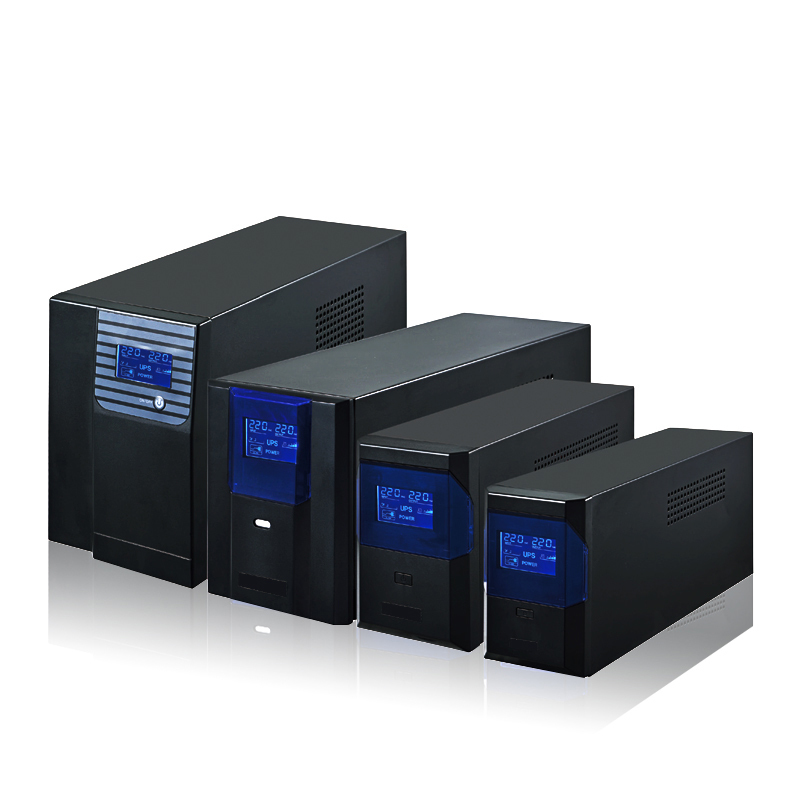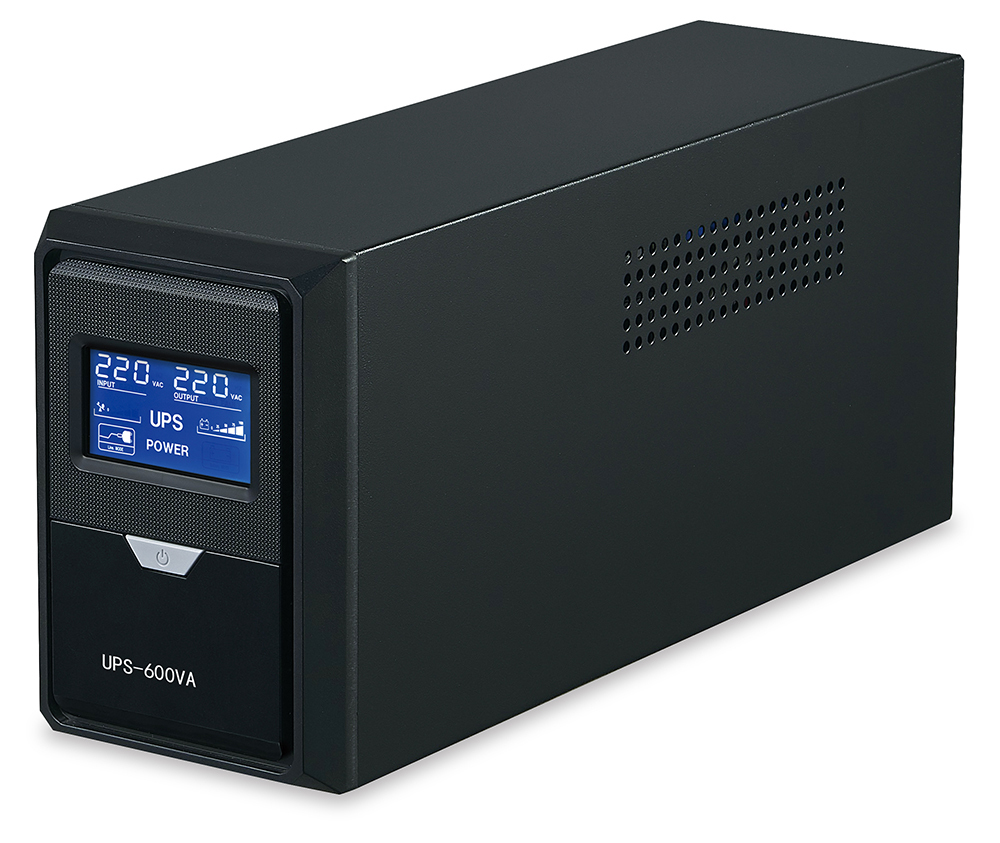UPS stands for an uninterruptible power supply. It is a system device that connects storage batteries (mostly lead-acid maintenance-free storage batteries) with the host and converts DC power into mains power through a module circuit such as the host inverter. Today, analyze the online interactive UPS 10kVA: the classification and principle of high-frequency online UPS.
step#1: According to the number of input and output phases: single in and single out, three in and single out, and three in and three out.
step#2: According to the circuit structure, there are backup types, online interactive type, online type, etc.
step#3: According to the different output waveforms: there are two kinds of the square wave and sine wave.

Now it is classified according to the circuit structure and described as follows:
① When the mains power is normal, the mains power will directly output the load after being stabilized. At the same time, the AC power will be converted into DC power to charge the battery through the rectifier. At this time, the inverter will not work.
② When the mains fails, the battery will provide power and output the load through the inverter. The switching time is about 4-10ms.
The characteristics of the backup UPS: the mains supply is directly supplied to the load after a simple step-up and down-voltage and filtering process, and only when the input power does not meet the requirements, it is powered by the battery. Most of the time, the load uses mains power. Mainly used for power-off protection of a single computer system
Advantages: simple structure, low price, small size, low noise, and high efficiency.
Disadvantages: mains/battery power supply conversion time is 4~10ms, output accuracy is low, the output waveform is poor, and the output waveform is a square wave.
Online interactive UPS (HYBRID): Online interactive UPS is also called hybrid or three-port. The mains electricity is rectified and converted into direct current, and a stable sine wave is modulated by the inverter. Mainly used in power failure protection for computers and network systems, precision instruments, and industrial systems.
① When the mains power is normal after the mains is stabilized, the load is output by the transfer switch, and the AC power is converted into DC power by the rectifier to charge the battery. At this time, the inverter has been activated but not output.

1kva line interactive UPS price: line interactive UPS vs online UPS
② When the mains fails, the battery provides power, and the inverter outputs the load.
Advantages: The load terminal and the mains input terminal are in an excellent "electrical isolation" state, the output waveform is good, the output voltage quality is high, and the load characteristics are excellent regardless of the load sudden change or the load is stable.
Disadvantages: low efficiency and high cost
On-line UPS (ON-LINE): Whether the mains power supply is normal or when the mains power is interrupted by the battery inverter, the inverter is always in working condition, which fundamentally eliminates the voltage fluctuation and interference from the grid Impact on load. Since the inverter and the mains are operated in a synchronous manner, the time between the inverter and the mains to automatically switch through the transfer switch should be less than 2ms, so it has high reliability and is suitable for places with high power quality requirements.
①When the mains power is normal, the mains power is converted to DC power by the rectifier to charge the battery, and at the same time it is output to the inverter to convert the DC power into sinusoidal AC power, and then output to the load through the transfer switch.
② When the mains input is abnormal, the battery will output to the load through the inverter.
③ When the inverter fails or the output power is insufficient (due to overload, overheating, etc.), the transfer switch will automatically switch to the static bypass and continue to supply power from the mains. If the bypass is caused by overload, the UPS will jump back to the normal output of the inverter when the load is lower than 100%. If the bypass is caused by overheating, the UPS will jump back to normal output when the temperature is lower than the alarm point.